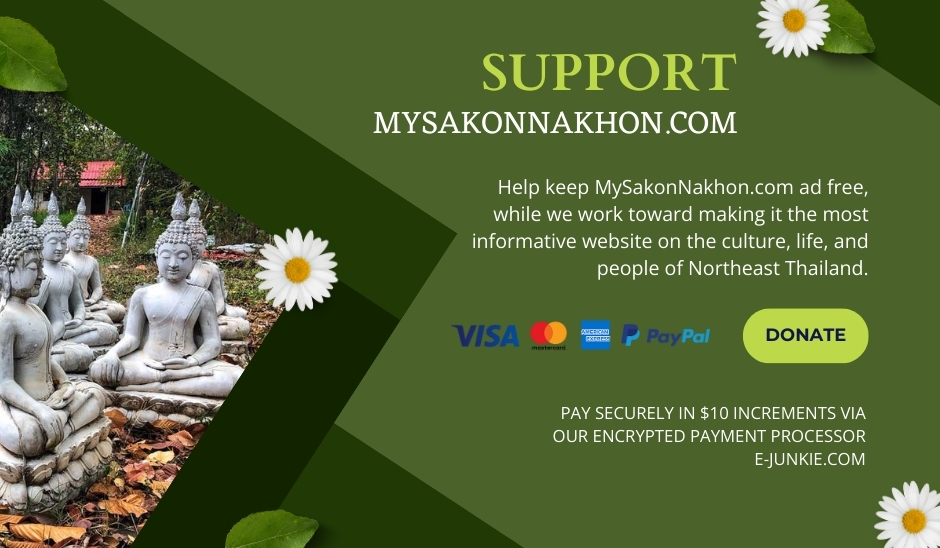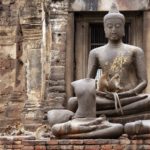
Amazing Dark Sky in Thailand | Stargazing & Astronomy Tours
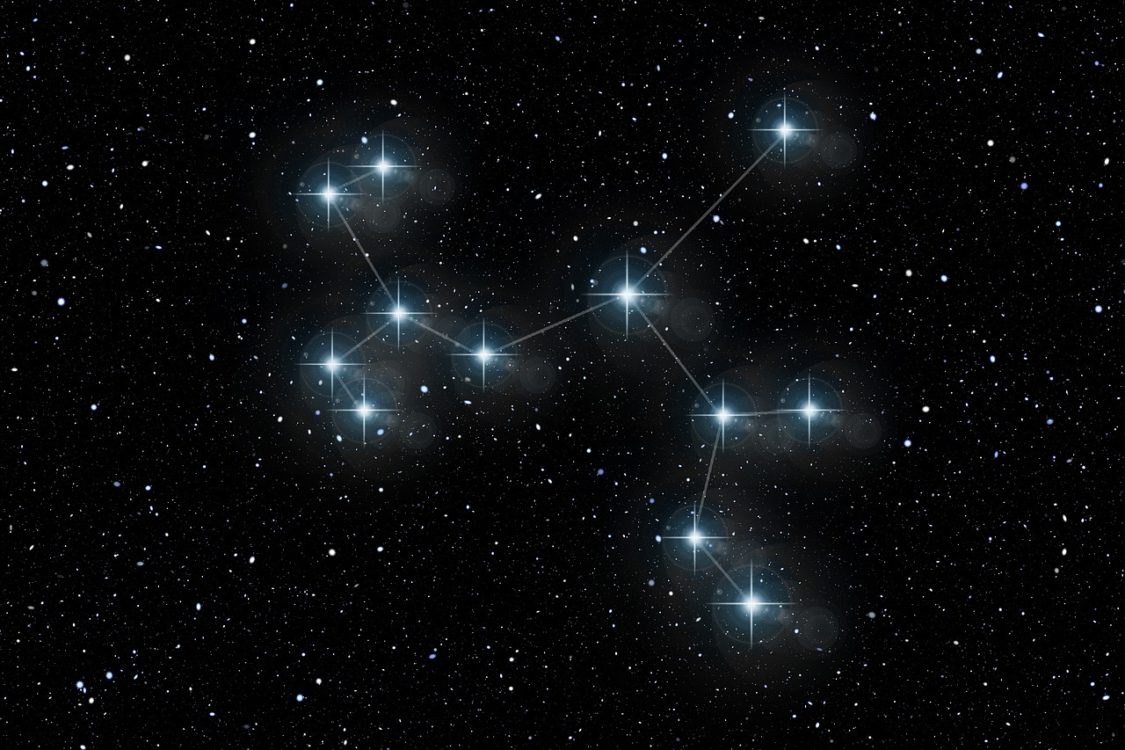
The Tourism Authority of Thailand has launched a stargazing tourism project called “Amazing Dark Sky in Thailand.” It includes 12 official stargazing spots, in provinces such as Chiang Mai, Nakhon Ratchasima, and Chaiyaphum. Unfortunately, Sakon Nakhon wasn’t included among the official places. But as we mentioned in our post on the best place to watch a meteor shower in Thailand, Sakon Nakhon is an ideal province for stargazing in Thailand. It has a fabulous (and solitary) “dark sky” observation platform called Song Dao Tower (หอส่องดาว) atop Pha Dong Ko, the highest peak on the Phu Phan Mountain range.
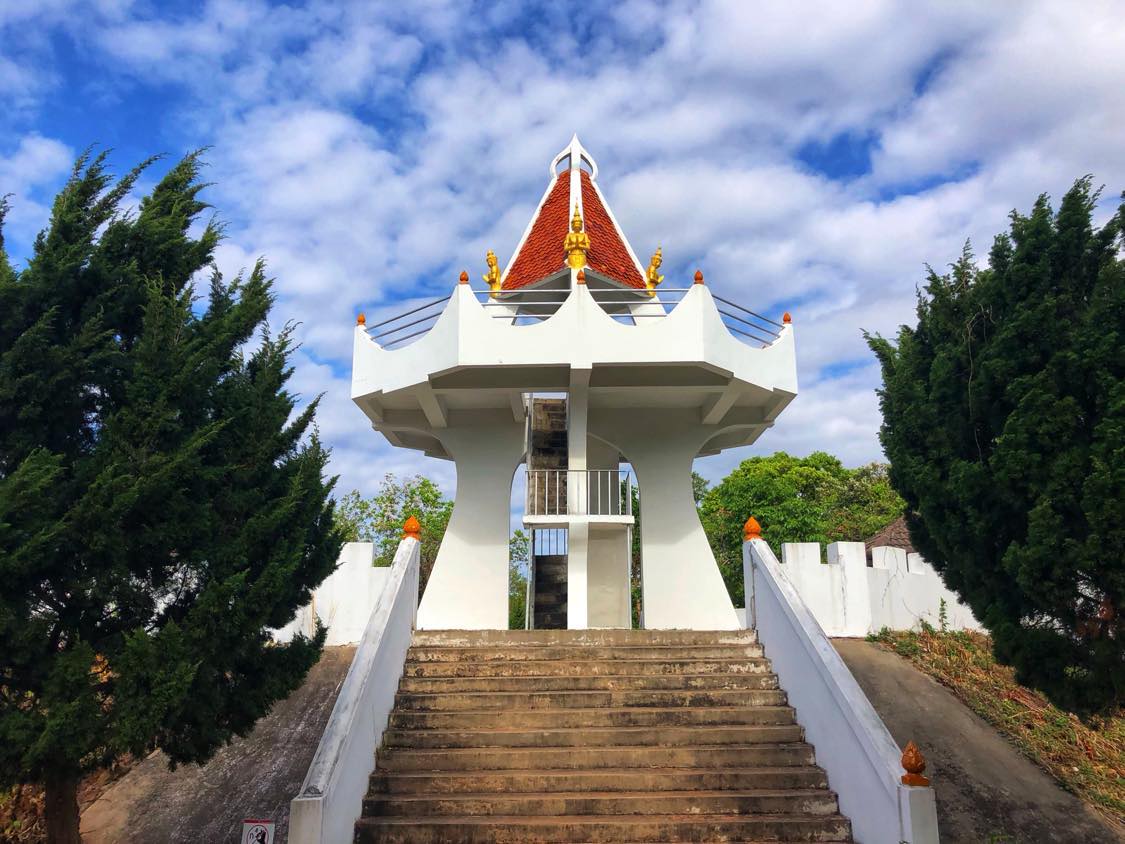
Truth be told, you don’t actually need a mountaintop to experience breathtaking stargazing in Thailand. All that’s required is 1) a rural area far away from the bright lights of the city, 2) a spot that offers an expansive view of the dark sky, and 3) a crystal clear night. The reason Sakon Nakhon is one of the best places for stargazing in Thailand is that it has literally thousands of fields, hilltops, and mountain points (as well as lakeside banks and tiny islands) that are beautifully isolated and unaffected by light pollution. All of these locations provide gorgeous views of the amazing dark sky in Thailand. In addition, there are many campsites such as Bua Phu Phan that offer stargazing opportunities throughout Sakon Nakhon province.
History of Astronomy in Thailand
While Thai astrology can be traced back to the 14th century, and the ancient Khmer civilization was keen on aligning temples with the stars and planets, the science of astronomy doesn’t have a long history in Thailand. Astronomy was first introduced to Siam by French missionaries over 300 years ago during the reign of King Narai the Great. These missionaries built Thailand’s first astronomical observatory in Lopburi. However, astronomy didn’t really take off until 180 years later during the reign of King Rama IV. In subsequent years, with increasing immigration from China, the world of ancient Chinese astronomy was also introduced.
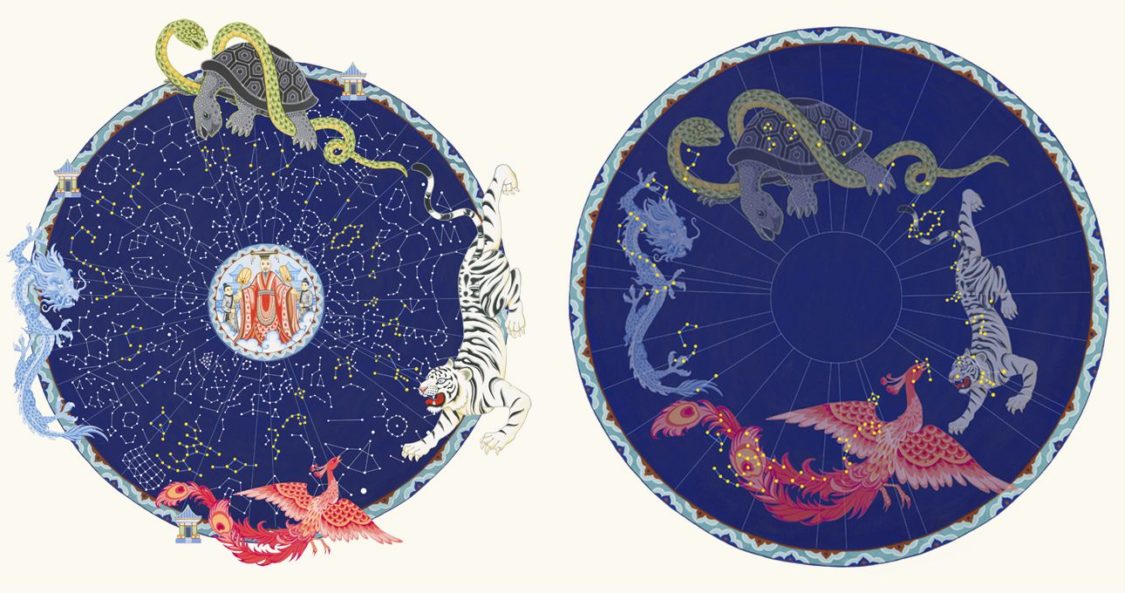
The Chinese sky is divided into five great regions or palaces called gong 宫. These correspond with the directions north, south, east and west, and also a middle region. Each directional pole has a constellation named after an animal: The Black Tortoise (North), The Blue Dragon (East), The Red Bird (South), and The White Tiger (West).
To find these 4 Chinese constellations when stargazing in Thailand, see the astronomical chart above. This chart is a flat picture of the starry sky above your head. Although east and west may seem to be on the wrong sides of the chart, they are not. If you hold the star chart above your head, with north and south pointing the right way, then east and west will be on the correct sides.
Finding Constellations in Thailand’s Amazing Dark Sky
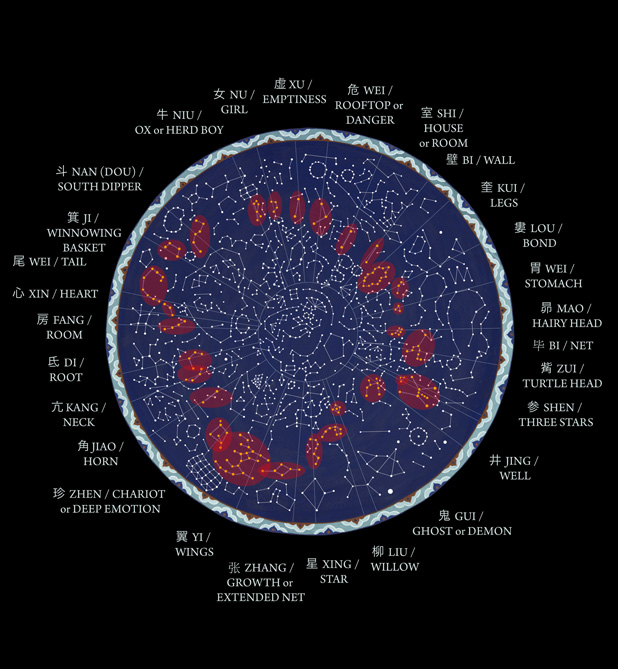
There are 28 additional Chinese constellations that you can search for in Thailand’s night sky. These constellations have historically been important in Chinese divination practices. Each constellation corresponds to an animal, and a particular day of the lunar cycle. It is believed that when the moon moves through these constellations on their designated days it is a sign of good fortune (if you have some important event planned for that same day).
Check out the table below to identify the constellations in the stargazing map above, and to learn more about their associations.
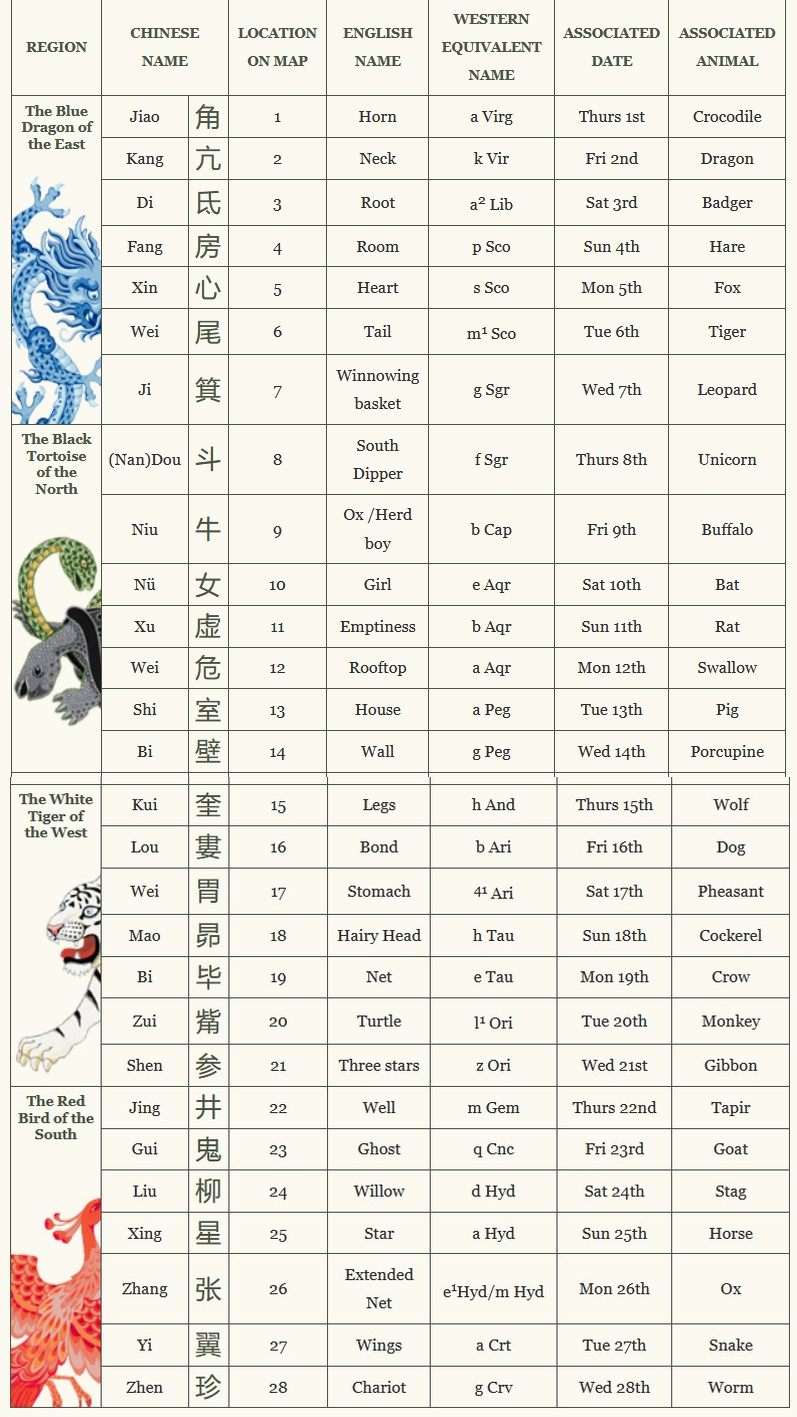
The Best Apps for Stargazing in Thailand
If you plan to enjoy the amazing dark skies of Thailand and would like a little help in navigating the night sky, there are of course mobile apps available! The two best stargazing apps for Thailand that we have tried are Night Sky and Star Chart. Both have unique features and are extremely informative, educational, and fun to use. So, we suggest trying both!
- Thai Inhalers: Boost Your Memory & Recall with “Ya Dom” - May 18, 2024
- Phra Khun Paen: Thai Love Spells & Amulets - May 17, 2024
- Visakha Bucha Day in Thailand (2024) - May 16, 2024
